Selecting for Success: The Battle with Potato Virus Y
Developing a potato cultivar that is resistant to both Potato Virus Y (PVY) and potato cyst nematodes.
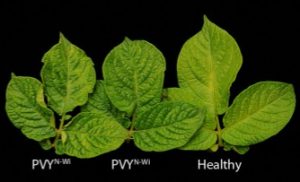
Developing a potato cultivar that is resistant to both Potato Virus Y (PVY) and potato cyst nematodes.
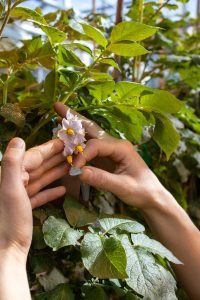
Research collecting potato pollen for developing varieties resistant to nematodes.

Thousands of different clones are grown and evaluated each year through potato breeding programs.
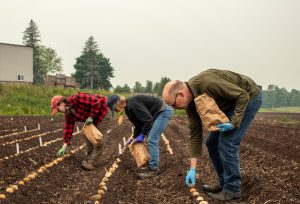
One of the environments the Cornell potato breeding program uses to test elite clones are muck fields in the northern part of New York.
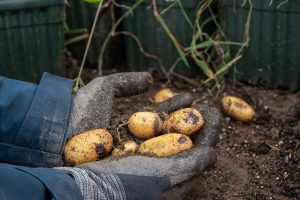
Potato breeding programs use smaller tubers to grow potatoes in the field the following year.
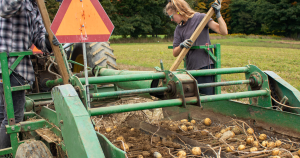
Similar to farmers picking out rocks from their fields over decades and still finding more, many potato fields have an endless supply of rocks.
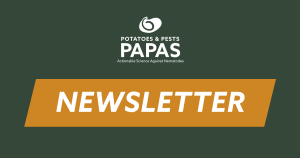
Learn about our research investigating litchi tomato for new nematode management chemistries.
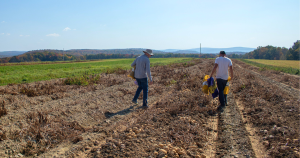
A potato breeder never truly knows what they’ll get from a cross until the first harvest in the field.
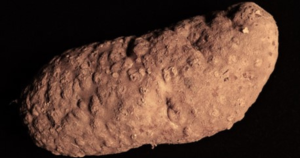
Found in the western US, Columbia root-knot nematode (Meloidogyne chitwoodi) infects potato roots and tubers, causing blemishes and defects that reduce quality.

Learn more about one of the objectives of the PAPAS project: to develop cultivars resistant to several nematodes that attack potatoes.